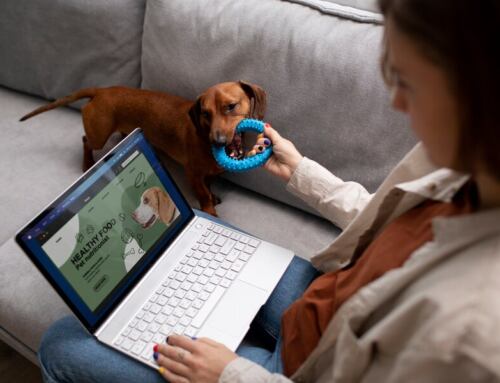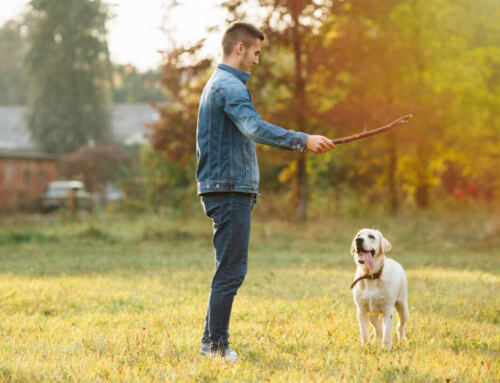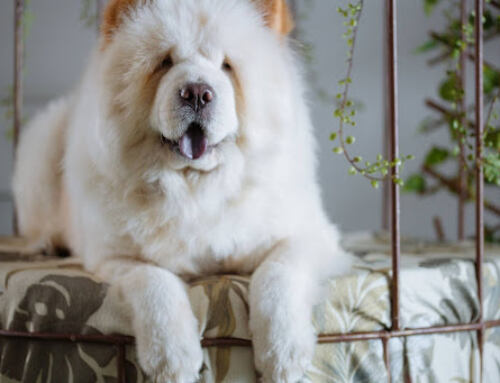If you’re a first-time dog owner, it’s important to choose a breed that can keep up with your level of activity and care. Choose an active dog with endurance, like the Labrador retriever, if you want a running companion. If you do not have a lot of time to devote to your dog’s grooming, you may want to consider a low-maintenance breed like the papillon as your first dog.
Keep in mind that all dogs, regardless of breed, need proper care, training, and veterinary attention. Adult rescue foster dogs are frequently house-trained and well-socialized, making them a great choice for first-time dog owners who may not have the time or energy to devote to a puppy. Dogs that are known to be friendly typically have a high degree of flexibility. They don’t get overly hyper all the time, therefore they’re simple to teach.
Dogs are difficult to control when they are overexcited because they stop paying attention. It’s great when a dog is energetic and curious, but it’s important that they know when to stop being rough. A dog that is friendly will not react with fear or anxiety, but will instead accept and follow your peaceful presence or direction.
Top 15 best dog products
BIG DOG BREED
GREAT DANE
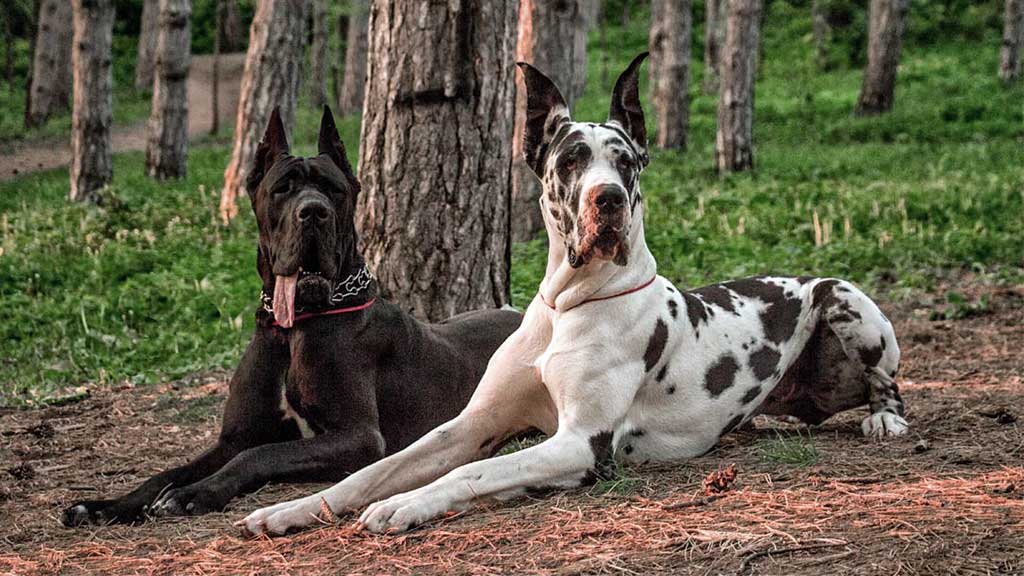
Don’t be frightened by the Great Dane’s massive frame. These big canines are often very docile, yet they will become violent protectors of their families if they feel threatened. However, Great Danes are typically friendly, playful, clever, and affectionate pets who take to their favorite people quickly. Great Danes are just moderate shedders, but they have a tendency to drool, therefore obedience training is essential for a dog of their size.
English Mastiff
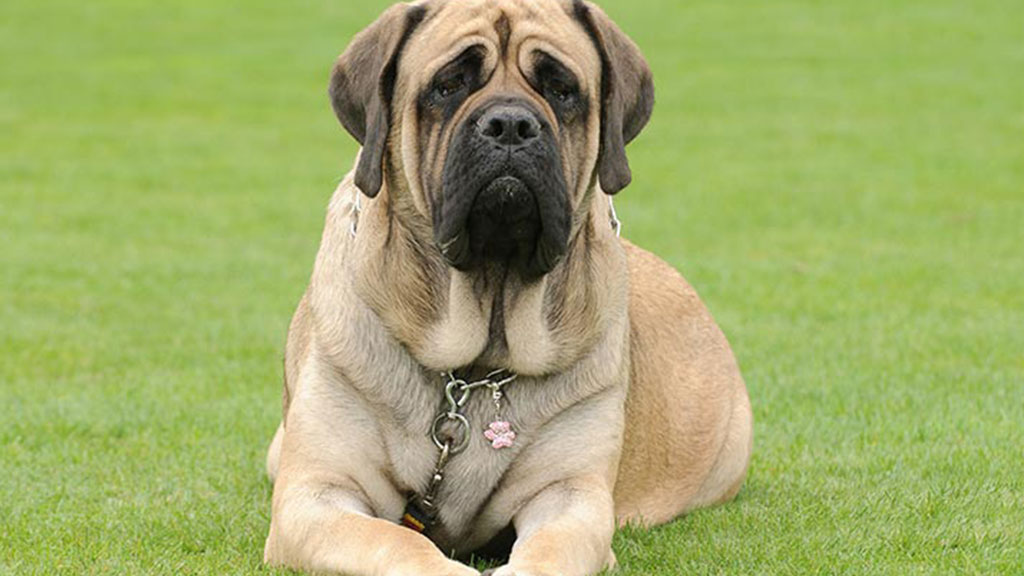
The English Mastiff, or Mastiff for short, is one of the largest dog breeds in the world, with an average adult human being almost the same size as the dog. The Mastiff is another large dog breed known for its intimidating presence. The biting force of a bullmastiff is 556 pounds per square inch, making it a very hazardous dog. The bite force of these pups is more than three times that of a typical dog. Mastiffs are known for their kind nature and make excellent companion animals. However, once trained, they make excellent guard dogs and pets.
Due to its high level of activity and daily exercise needs, this breed of dog is best suited to a busy family or a home with a sizable yard. To most kennel clubs, the bullmastiff is simply “the Mastiff,” and they use them as a yardstick to evaluate all other Mastiffs. This is likely due more to the establishment of kennel clubs in England than to any exceptional characteristics of the breed itself.
NEWFOUNDLAND
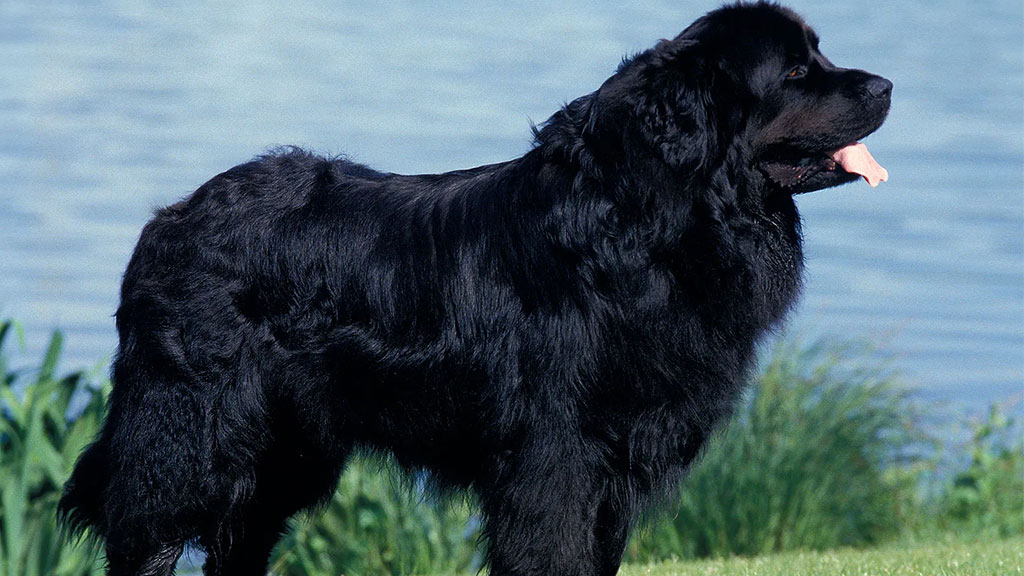
The Newfoundland’s size may put some people off, but the dog’s calm attitude makes it great with kids, other pets, and even dog-friendly cats. These canines are trustworthy and friendly. Despite their size, they are quite low-energy. They can maintain their fitness with regular walks and little exercise. You should start early on in training your Newfoundland puppy not to leap up on people or act too excitedly, as these behaviors are common among big breeds.
Bernese mountain dog
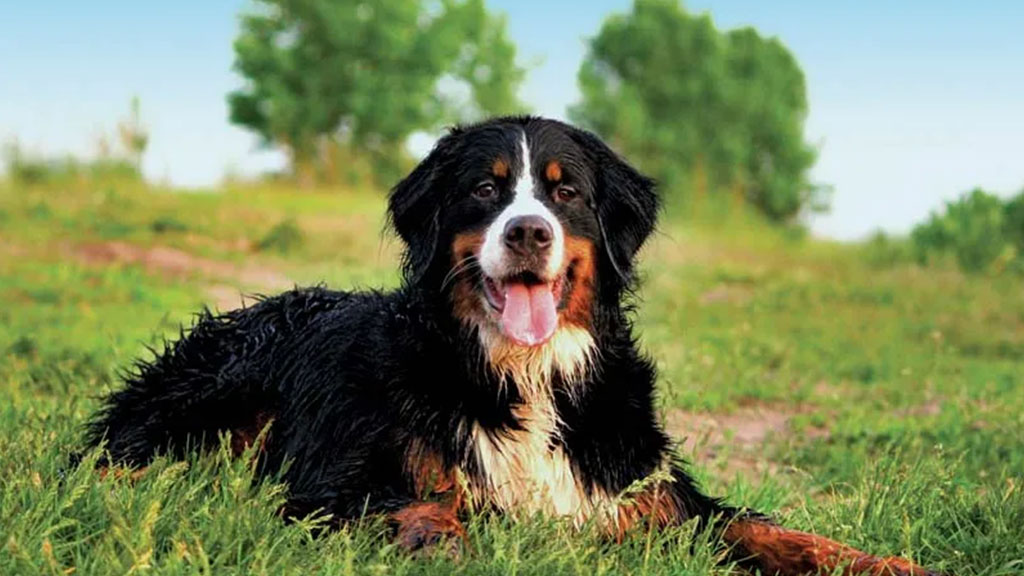
Despite their large size, Bernese Mountain Dogs are friendly, eager to learn, loving, and smart. They enjoy going on adventures with the kids, but also appreciate quiet nights in. While they aren’t aggressive, they make for superb watchdogs and are quite dedicated to their human families. However, you should know that Berners shed a lot and need to be brushed frequently to eliminate stray hair.
Tibetan Mastiff
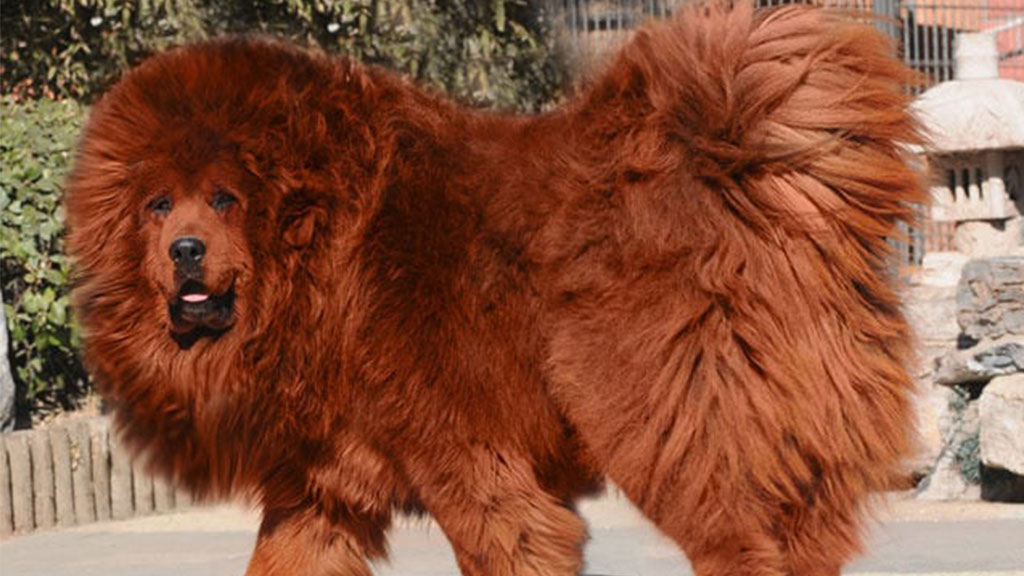
The Tibetan mastiff is an imposing breed of dog that was developed in Tibet’s rugged mountains. Their thick, fluffy coat protects them from the cold. Tibetan mastiffs have a reputation for being dependable guard dogs due to their powerful bark and protective demeanor. They tend to be warm and affectionate with their loved ones but distant and reticent towards others.
Cane Corso
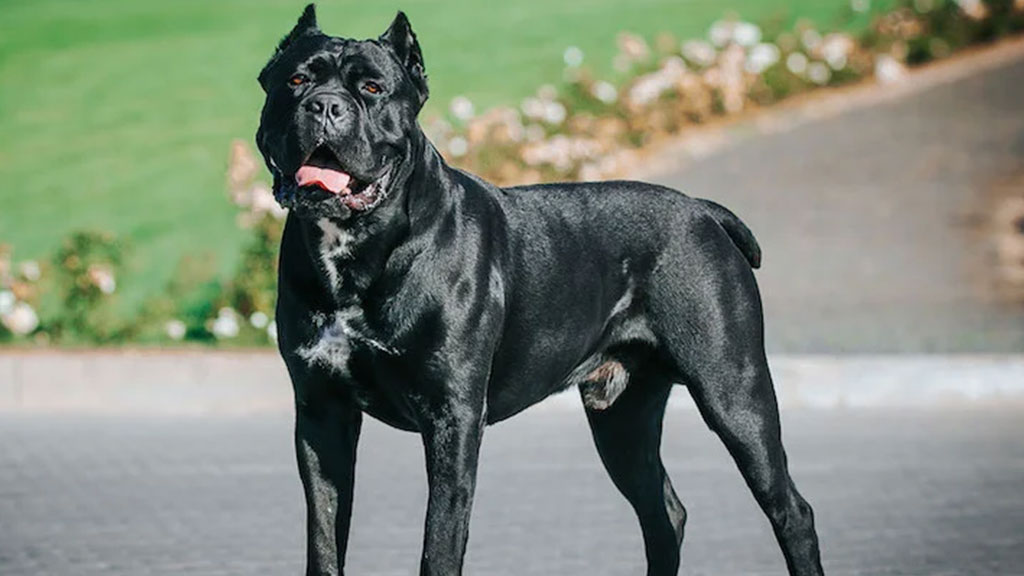
The breeders of this dog intended for it to fight. The short hair and absence of shedding make this dog breed easy to care for. They’re a hardy and physically sound group of people. Children have an innate ability to learn and are highly motivated to do so. These canines are known for their calm demeanor and lack of noise. Like many guard dogs, this one is not keen about living with cats. Puppies still need socialization training even if they get along well with the kids in their own home.
Cane Corso dogs may be traced all the way back to Ancient Greece, when they served as guard dogs, to Rome, where they were used as warrior and gladiator dogs, and to the 1980s, when they were nearly wiped out before an effort to preserve the breed brought them back from the brink. Although these canines have evolved physically over the course of thousands of years of selective breeding, they retain the bearing, manner, and physique of grizzled warriors. When a Cane Corso bites, they can deliver a force of 700 pounds per square inch (PSI).
Anatolian Shepherd
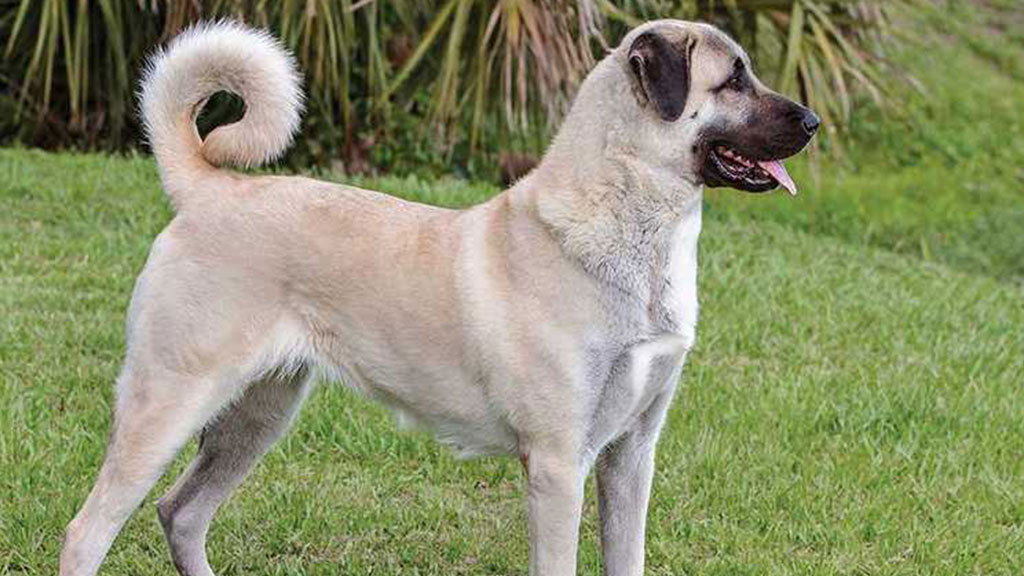
The Anatolian shepherd, native to Turkey, is a powerful and watchful breed. They can adapt to a wide range of climates because to their robust body and thick coat. Shepherds from Anatolia have been utilized to protect livestock from predators for generations due to their reputation for devotion and bravery. Because of their high IQ and sense of autonomy, they make fantastic watchdogs. They may be more reserved than some other breeds, but they often make wonderful pets.
Neapolitan Mastiff
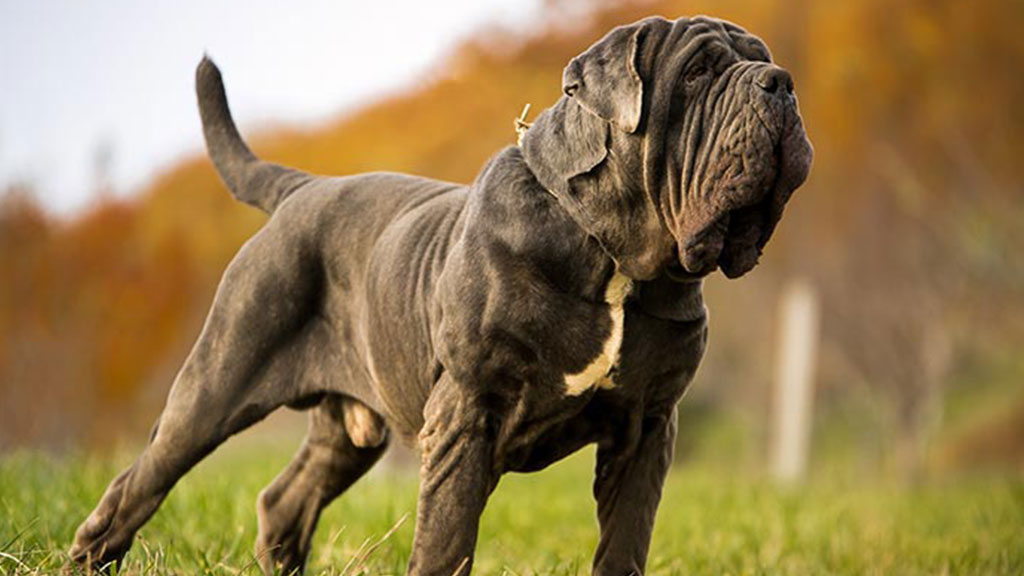
The Neapolitan mastiff, bred originally in Italy, is a large, strong dog with its own distinct appearance. It stands out from the crowd thanks to its large size and wrinkled skin. Their gentle and protective demeanor makes them dependable friends. Neapolitan mastiffs are known for their kind nature and strong family bonds. Due to their low levels of activity, Neapolitan mastiffs are content to spend most of their time relaxing on the couch.
Camping With Dog | Essential Tips for Camping with Your Furry Friend
Smartest Best Dog Breeds

It’s exciting and terrifying all at once to bring home your first puppy. When it comes to housebreaking, feeding schedules, grooming, and basic canine wellness, there is a lot to learn. Whether it will be your one and only friend, the best playmate for your kids, or your new “fur baby” with your significant other. The most important part of making a new furry friend is going through the process of getting to know each other. You shouldn’t emerge from that time having second thoughts about your canine companion. Thankfully, there are dog breeds that are better suited to first-time owners due to their friendliness, low upkeep, or lack of scary characteristics. Every dog is an individual, but you can learn a lot about a breed by looking at the average for its size, activity level, appearance, and grooming needs. Some dog breeds are more appropriate as first pets than others. Poodles, Labrador retrievers, Bernese Mountain Dogs, and Yorkshire terriers are all good examples.
Golden Retriever
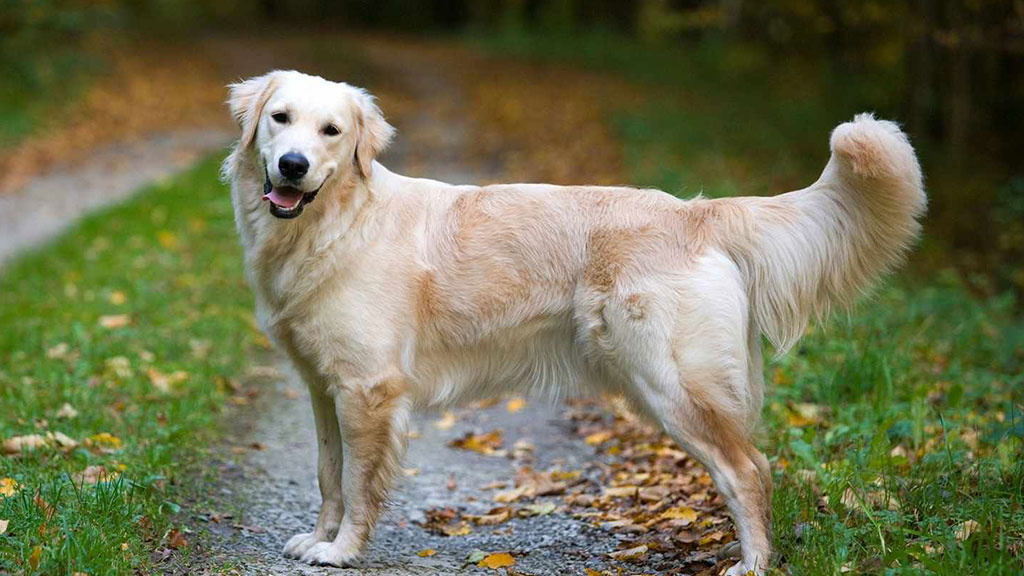
The Golden Retriever, a large dog breed with Scottish roots, is among the most well-liked canine species on the planet. They were first developed for the purpose of hunting and retrieving ducks. Their swimming prowess is also well-known. To maintain their health and happiness, Golden Retrievers need a lot of exercise and social time with their human companions. They get along great with other animals and even your own kids. The Golden Retriever is a highly trainable breed that does well in canine sports like agility, obedience, and more. Golden retrievers should be purchased from a breeder who conducts health screenings for hip dysplasia, skin allergies, and other conditions. To have a Golden as a companion is to have a dog that is both kind and devoted. They’d prefer be napping at your feet than exploring the neighborhood alone.
When it comes to young children, they have a fairly balanced temperament. Because of their welcoming demeanor and tolerance, Golden Retrievers make excellent service and comfort dogs. And if you enjoy games of fetch, this is the dog for you, as they were originally developed to help hunters retrieve ducks and other game.
BORDER COLLIE
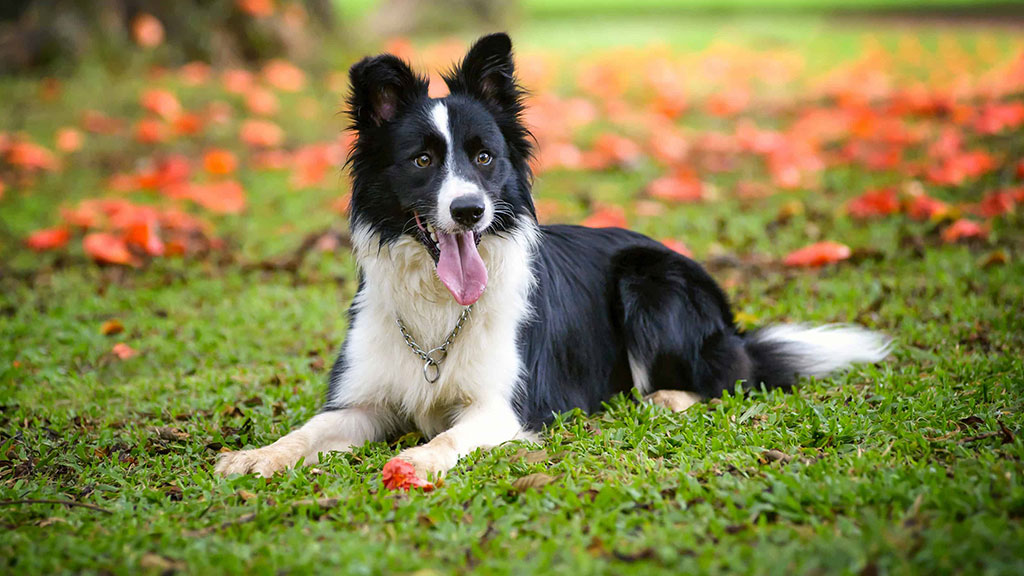
In the United States, Border Collies are the 45th most popular dog breed. Its name comes from the fact that its homeland is near the border between England and Scotland. The Romans probably gave birth to this breed from the herding dogs they abandoned in Britain following their failed invasion. But they interbred with indigenous canines, becoming genetically distinct from their mainland ancestors. These days, this kind of dog is mostly used as a pet and a herder. Their wit and wisdom have earned them a reputation far and wide.
These dogs owe their high levels of activity and agility to their herding ancestry. They thrive in active households where they can get the activity they need. They are highly intelligent, but also easily bored, thus providing them with challenging mental activities is advised. They can be kept from becoming bored and destructive with the help of puzzle toys, games, and instruction. The biggest drawback of this breed is that they try to herd everything from cars to kids to other animals. This sort of conduct can be very frustrating. In an effort to “herd” children, they may snip at them. As a result, they are not a good choice for families with young children.
Poodle
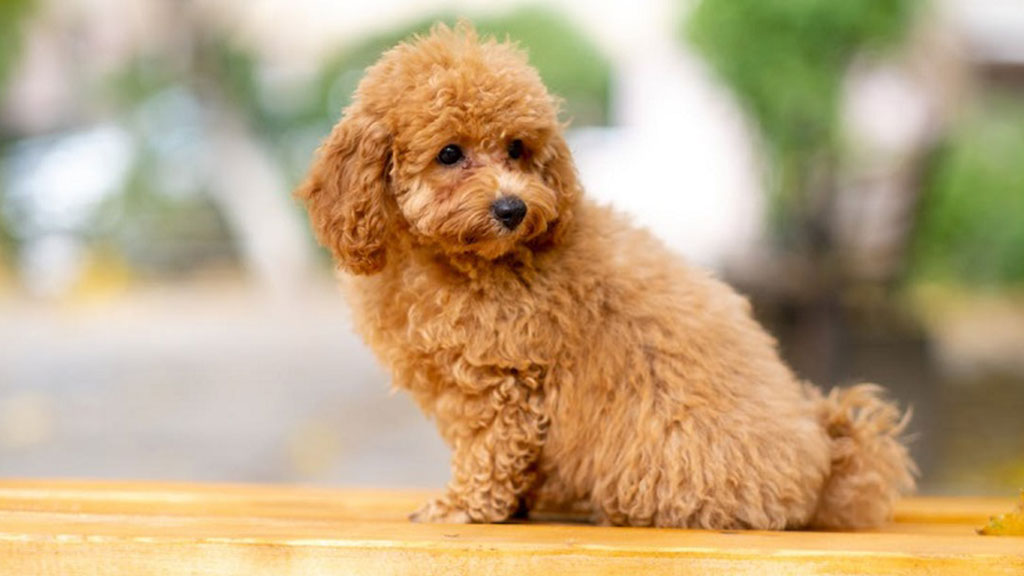
The Poodle may trace its ancestry back to Germany and France. This canine variety is highly sophisticated and cerebral. The Poodle can be found in three different sizes: standard, miniature, and toy. The corded or curled hair comes in a variety of colors, from white to black to gray. Poodles have a stellar reputation for being very trainable and smart. The dogs’ wavy hair was originally intended to keep them warm in the water while they were working.
When it comes to dog sports, poodles rule the roost. They are well-liked as therapy dogs due to their sociable natures. Poodles have a poor reputation. However, their high intelligence makes them simple to train, and they are joyful, friendly, and devoted household pets. Don’t be shocked if your poodle, a breed that loves being around humans, is seldom far from your side. They are fiercely loyal to their families and guardians, yet can turn hostile toward strangers and even other dogs.
GERMAN SHEPHERDS
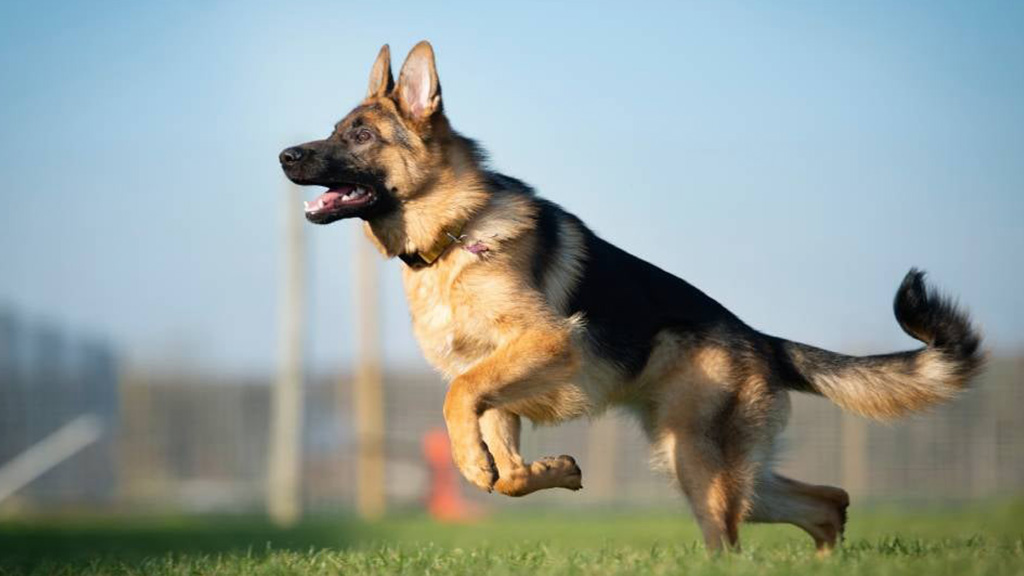
German Shepherds are an outstanding breed of dog; they are brave, obedient, highly loyal, and eager to learn. German Shepherds are exceptionally smart and can be taught to perform just about anything. Common roles for these dogs include police dog protection and the detection of illegal substances or human remains. Because they are so devoted to their people, German Shepherds can’t stand being alone and may resort to destructive behavior if left alone for too long.
PORTUGUESE WATER DOG
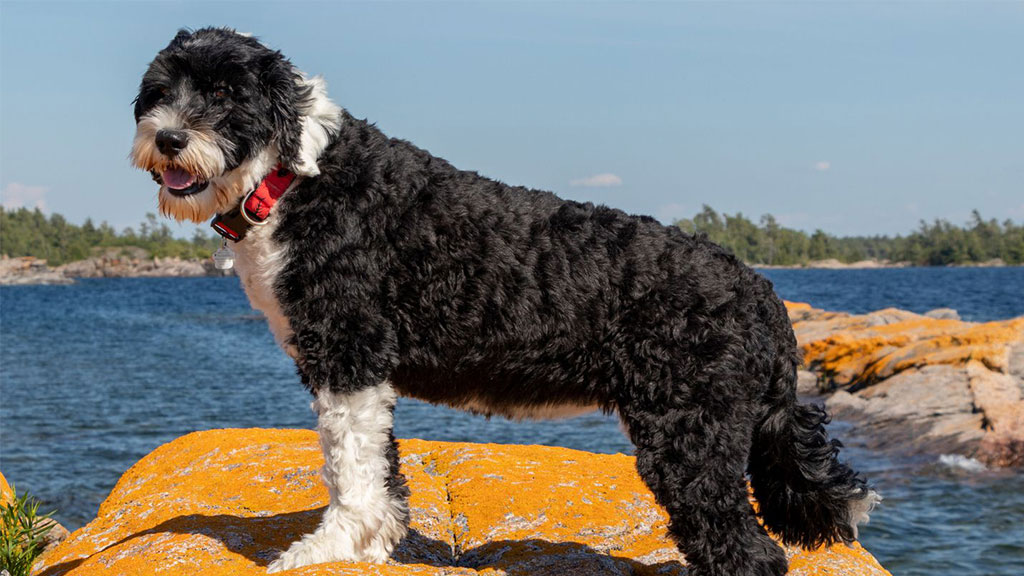
Historically, Portuguese water dogs served as messengers between ships and shore, as well as for herding fish and retrieving lost equipment and nets. Because they are hypoallergenic and easy to train, they make great companions for those with allergies. The Portuguese water dog is a sociable breed that loves attention from strangers and a good pet. Like many large dogs, they can turn destructive if left bored for too long.
Best Dog Strollers for Your Furry Friend
Cutest Dog Breeds
CAVALIER KING CHARLES SPANIEL
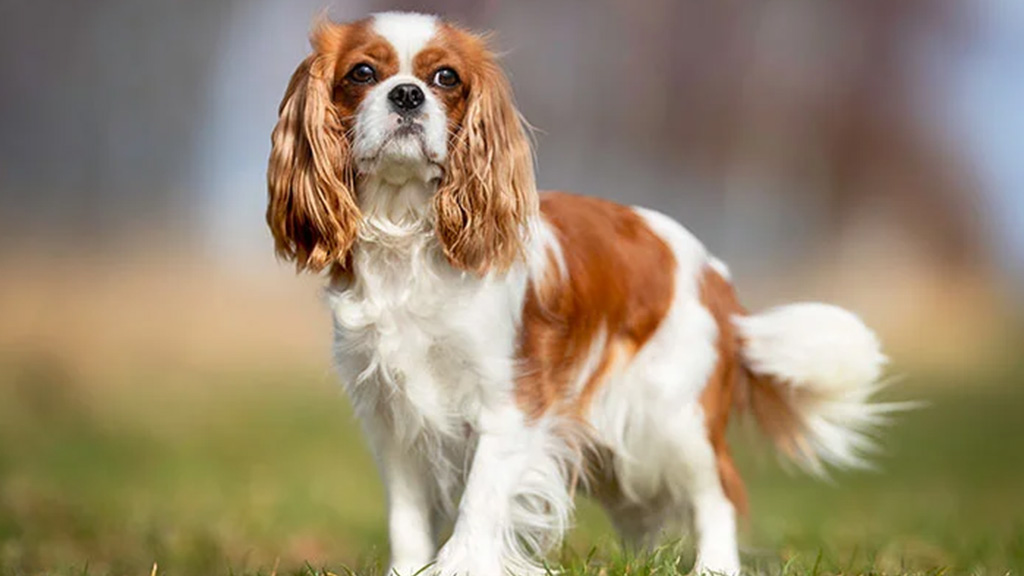
The fundamental function of Cavalier King Charles spaniels has always been that of companion animals. These pups are people-oriented and need lots of one-on-one time with their owners. However, you may provide much of that attention by merely cuddling with your dog on the couch. This breed is known for being patient, kind, and loving; they get along great with kids, other pets, and even cat-friendly dogs. They aren’t the most active dogs, but they love to play fetch, run around the yard, and hang out with the kids.
BEAGLES
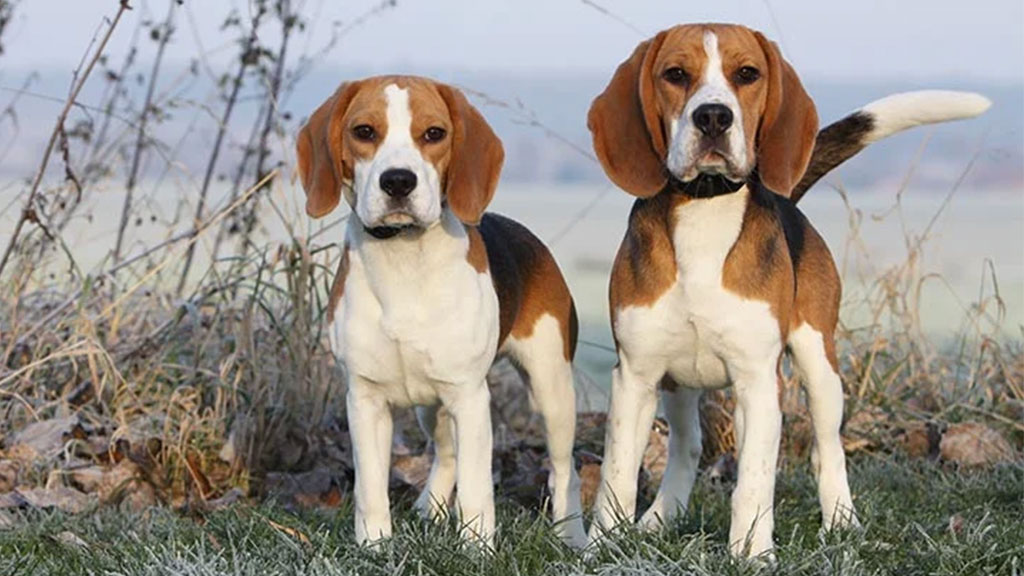
Beagles are utilized by airport security to smell luggage for prohibited items due to their high level of intelligence. Beagles don’t scare people because of how nice they seem and behave. This breed is great for households with kids because it has a calm demeanor and doesn’t have any hereditary health issues. The wailing of Beagles is the leading cause of their owners giving up on them or surrendering them to the local animal shelter. To prevent this, start early with your dog’s training and emphasize quiet behavior.
Pomeranian
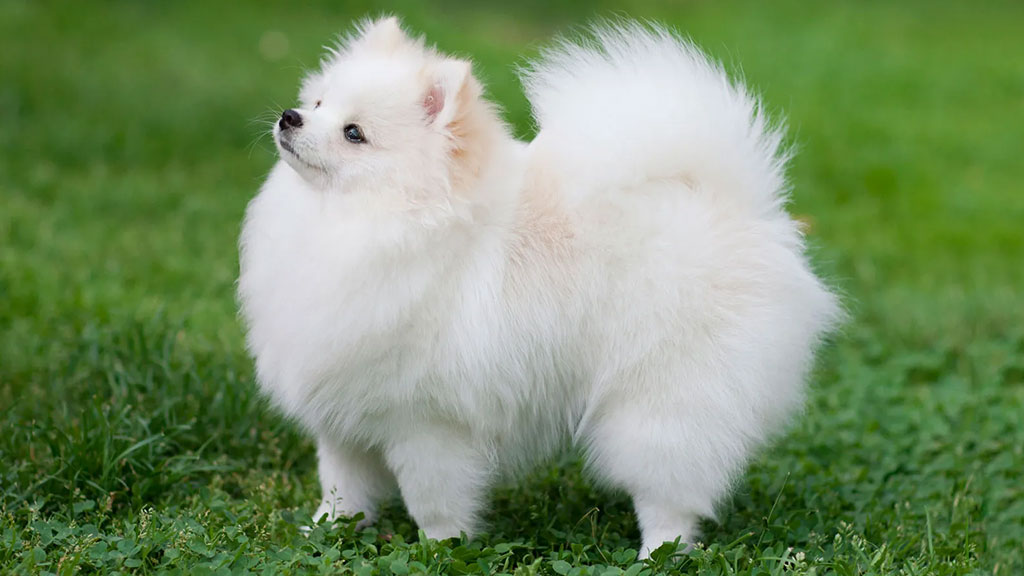
Pomeranian dogs are descended from larger Spitz types and are named after the region of Pomerania that separates Poland and Germany. Their fur can be any color you can imagine, from black and white to cream and brown to orange and red. The modern Pom takes many cues from the British monarchy. Queen Victoria, who preferred a smaller dog, attempted to reduce the breed’s size from the customary 40-50 pound range throughout her lifetime.
SHIH TZU
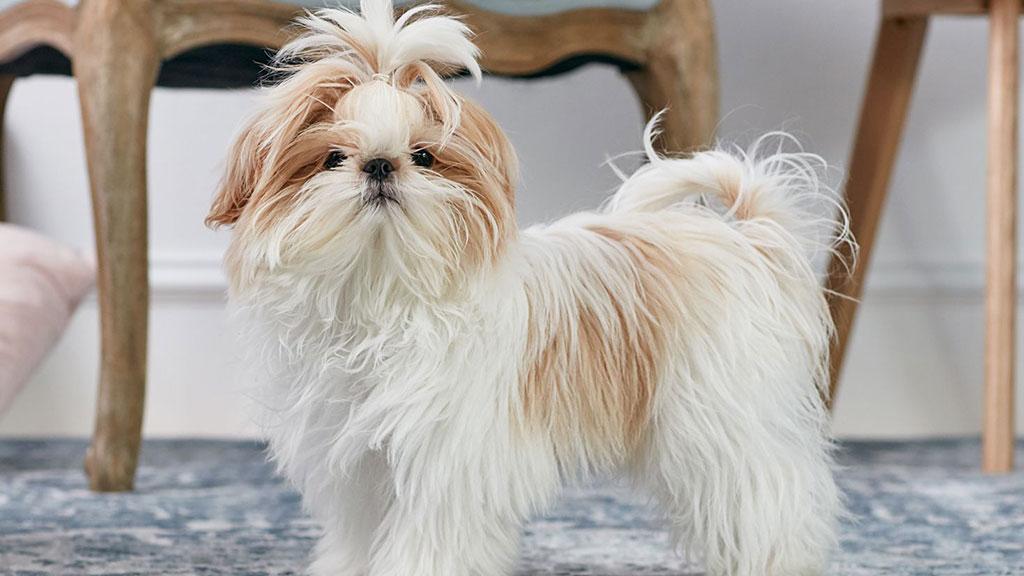
The Shih Tzu may be little, but it certainly doesn’t lack for love. The best way to make this ancient Chinese breed happy is to include it in household activities, such as watching television or playing with children. Neither does this breed require a lot of exercise, but its gorgeous silky coat will need to be brushed many times a week to avoid tangles. The Shih Tzu, on the other hand, sheds very little.
French bulldog
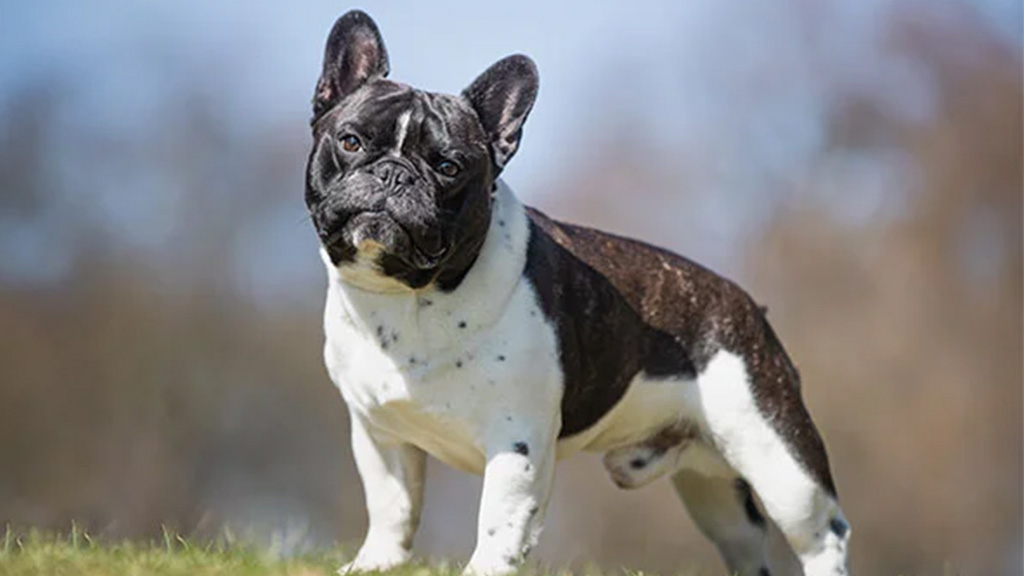
A tiny dog breed with French ancestry, the French bulldog (or “Frenchie”) is so named for its widespread nickname. The English bulldog served as a foundation for the creation of the French bulldog in the 1800s. The French retailers and craftspeople adored their charming demeanor and special style. The French bulldog, nicknamed “bat ear” for its distinctive appearance, is short and stocky. The short, glossy coats can be seen in a wide variety of hues, from fawn to brindle to pi.
The dogs are known as “lapdogs” because of their propensity to cuddle up next to their owners. The lack of a backyard is no obstacle for these dogs, which is why they are so popular among city dwellers. The miniature size and distinctive “bat ears” of these dogs set them apart from their larger bulldog relatives. The archetypal French has a lively, cheerful demeanor and the flexibility to fit.
PEMBROKE WELSH CORGIS
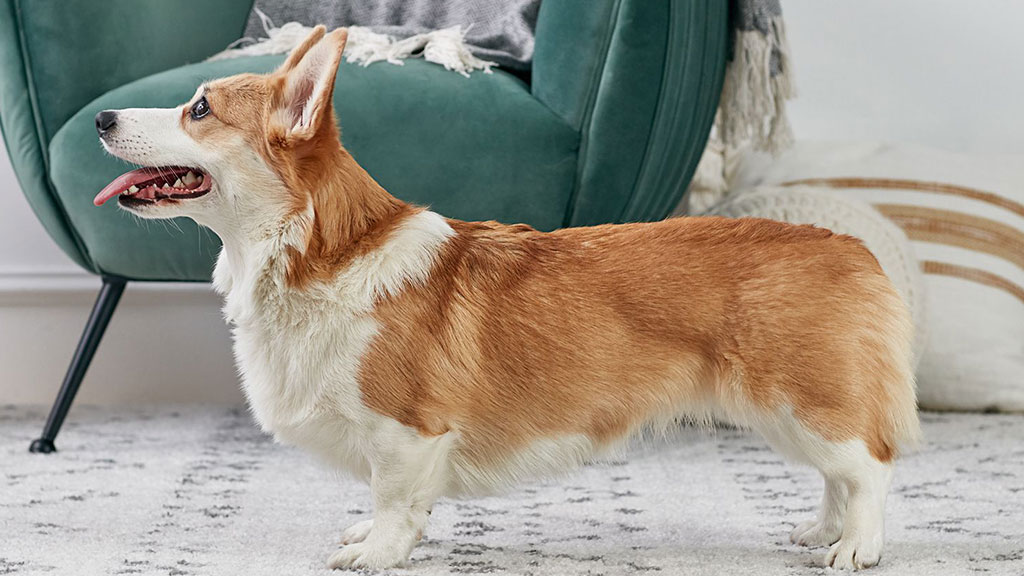
The devoted fan base of Corgis might be attributed to the breed’s endearing and energetic nature. According to Welsh legend, fairies preferred to travel via Pembroke Welsh Corgi. Corgis are great with kids and have a strong drive to please their owners, although they can be timid around strangers. They have a long, lean body and a large butt, making them one of the silliest-looking canine breeds. This breed has a tendency to overeat, so be sure to keep a tight eye on their food intake.
The Ultimate Guide to Labrador Grooming: Best Dog Brush Edition Dog Grooming Tool
Medium Dog Breeds
Boxer

The Boxer is a German working dog breed that is medium in size. In the 19th century, the Bullenbeisser, a now-extinct German hunting dog breed, was mixed with the English bulldog to create the first Boxers. The boxer’s body is powerful and athletic, and his head is square. Boxers are distinguished by their short, sleek coats in fawn or brindle and their dark, intelligent eyes. Their goofy natures and actions have earned them the nickname “clowns” in popular culture.
The boxer is an excellent choice if you want a medium-large, active dog. This dog is very devoted to its human family. It’s possible that a boxer may be a good fit for your lifestyle if you’re fairly active. This breed has special exercise and training requirements. Young boxers may be a bit rambunctious, but they respond well to instruction and like the spotlight. Boxers, once socialized and trained, do well in active families and get along well with children. Boxers are natural watchdogs, therefore they are quite protective of their families, especially the kids. The requirements for grooming a boxer are minimal.
Bulldog
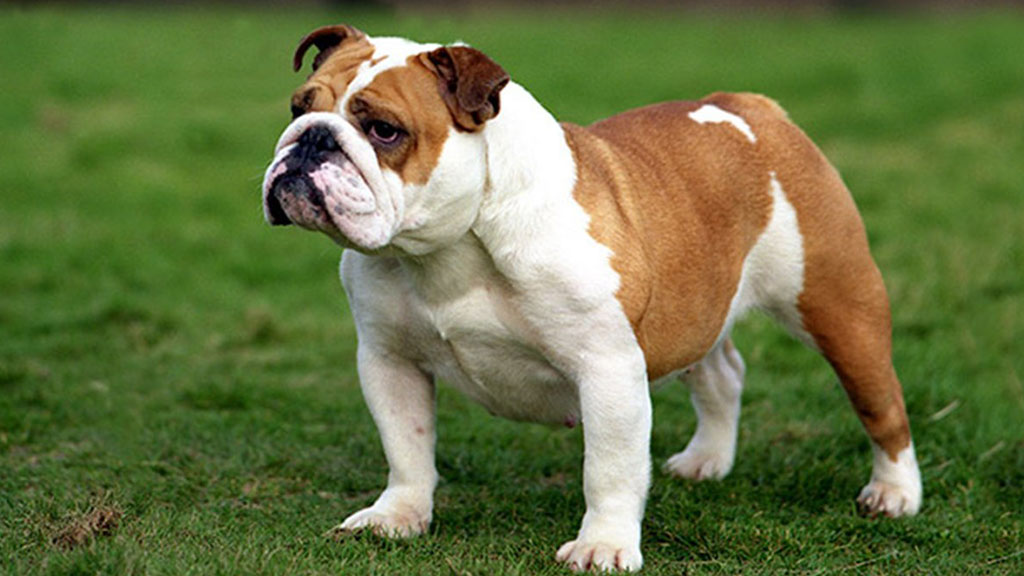
The Bulldog has more fans than any other breed of dog. This powerful medium-sized dog has successfully defended the title it won in our earlier evaluation. The Bulldog has some ugly ancestry. Originally used for bull-baiting and blood sports, this breed was developed in England as a mix between the Pug and the Mastiff. The practice of bull-baiting was outlawed in the 1830s, saving the breed from extinction. Breeders spent the rest of the 1800s working to improve the breed, reducing its historically high levels of aggression and making it more suitable as a family pet. Winston Churchill, the British prime minister during World War II, is commonly referred to as “the Bulldog.”
Some have even indicated a more than coincidental physical resemblance between the two, despite widespread agreement that Churchill personified the ‘bulldog spirit’ during the war’s darkest hours. Although they can be trained as guard dogs, modern Bulldogs are generally kept as pets. While they can be challenging to train, they are extremely loyal to their families and create great ties with their owners.
SIBERIAN HUSKY
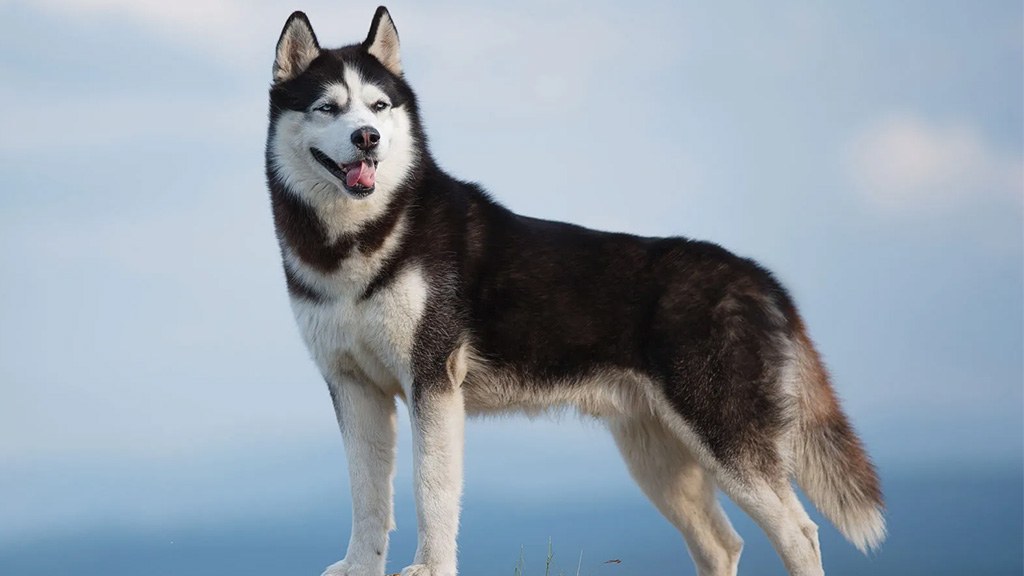
Siberian Huskies are popular due to their sociable and extroverted natures. They’d rather be social than alone. If they aren’t socialized as puppies, they can be tough to train and stubborn as adults. The Siberian husky is a breed of dog that stands out from the crowd thanks to its wolf-like look. Their thick double coat and unique markings set them apart. Despite their diminutive stature, many of them have blue eyes, which further add to their already beautiful appearance. These canines were first developed to pull sleds and provide company. This latter application has become increasingly common in modern times. However, they are still full of boundless vitality and demand a full day’s worth of exercise.
WHIPPET
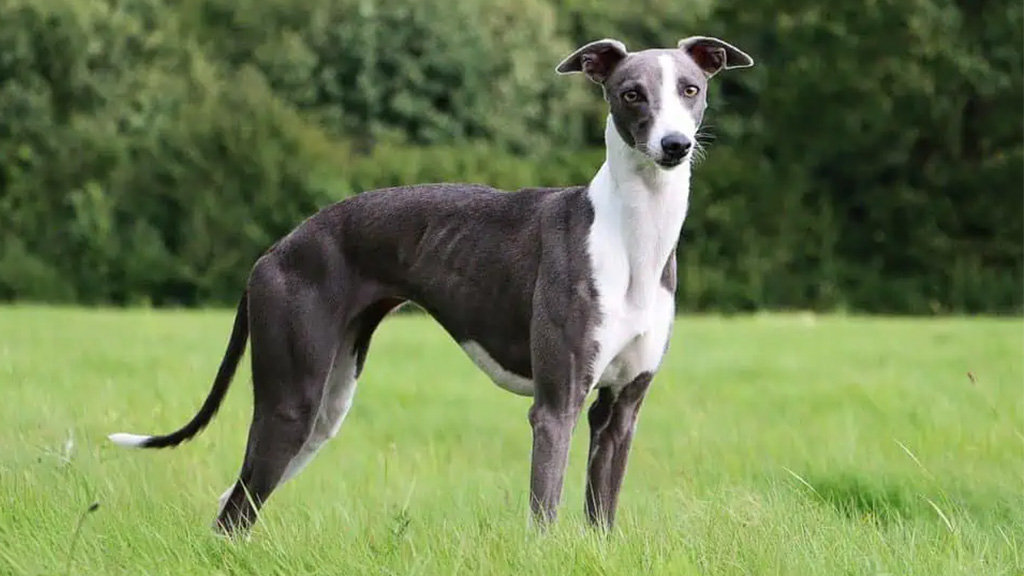
The Whippet is merely a little Greyhound. Since they are sight hounds, their purpose in life is to actively pursue moving targets. Even now, they act on their ancient hunting instincts and will run after anything moving. These canines often live for a long time and have a low risk of developing any serious illnesses. Because of their utilitarian breeding, they tend to be free of many common health problems.
The Whippet needs to get some exercise and has a lively side. After all, that’s what they were made for! However, their stamina isn’t what most would assume, and they’ll spend much of the day sleeping. This is why they are so suitable for life as house pets. Simply put, they are happy with very little. It’s important to crate train these dogs from a young age since they may develop separation anxiety otherwise. These canines are best suited to homes with people who are available during the day.
MINIATURE SCHNAUZER
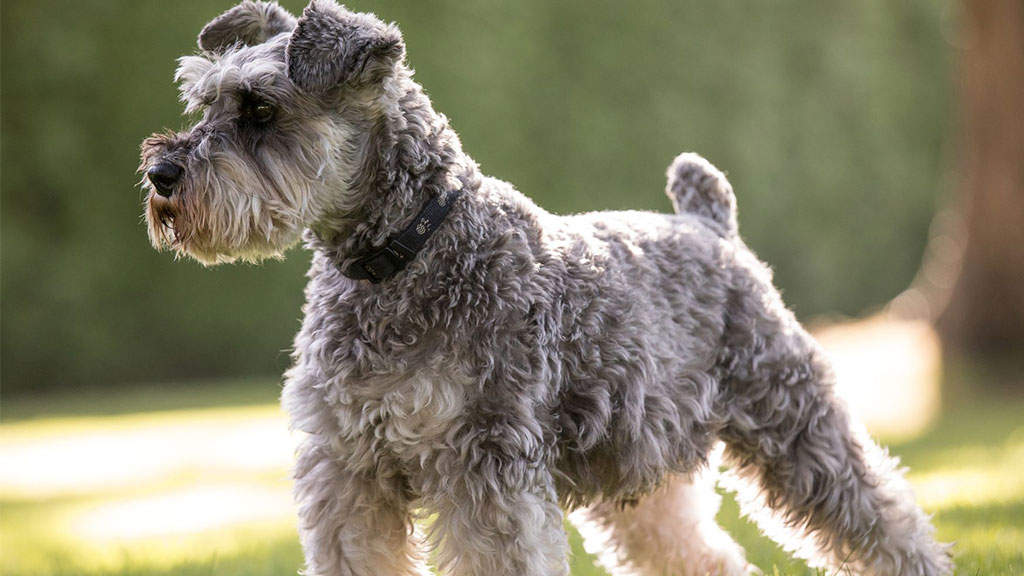
Smaller in stature than traditional Schnauzers, the Miniature Schnauzer was created in Germany. The Standard Schnauzer is the dominant breed in this hybrid, which also includes lesser breeds such as the Miniature Pinscher and Poodle. Originally, they were bred and sometimes sent on boats to serve as ratting dogs. Due to their petite stature and pleasant disposition, these dogs make wonderful pets. They have a lot of life and personality, but are also smart and easily trained. As a result, many people think these canines represent the ideal combination of breeds. Although they share a genus with terriers, these canines are far chiller than the typical member of that family.
BRITTANY

The Brittany is descended from gun dogs that were originally developed for the purpose of hunting birds. Brittany’s aren’t actually Spaniels, despite the name. After much deliberation, the kennel club settled on the name “Brittany” for this particular canine species. Brittany’s, as their names imply, are native to the Brittany area of France. Although the breed we recognize today didn’t appear until the 1800s, they first appeared in the 17th century.
This breed is still widely employed for hunting in the United States. They are more expensive to acquire and maintain than the average dog. They may not require as many trips to the vet because they are healthier and less prone to hereditary disorders than other dogs. They are among the simplest breeds of hunting dog to teach. However, without proper socialization as puppies, they can have a timid personality. When properly socialized, Brittany’s are wonderful family pets. Due of their natural prey drive, they should never be left alone with cats or other small pets.
STAFFORDSHIRE BULL TERRIER
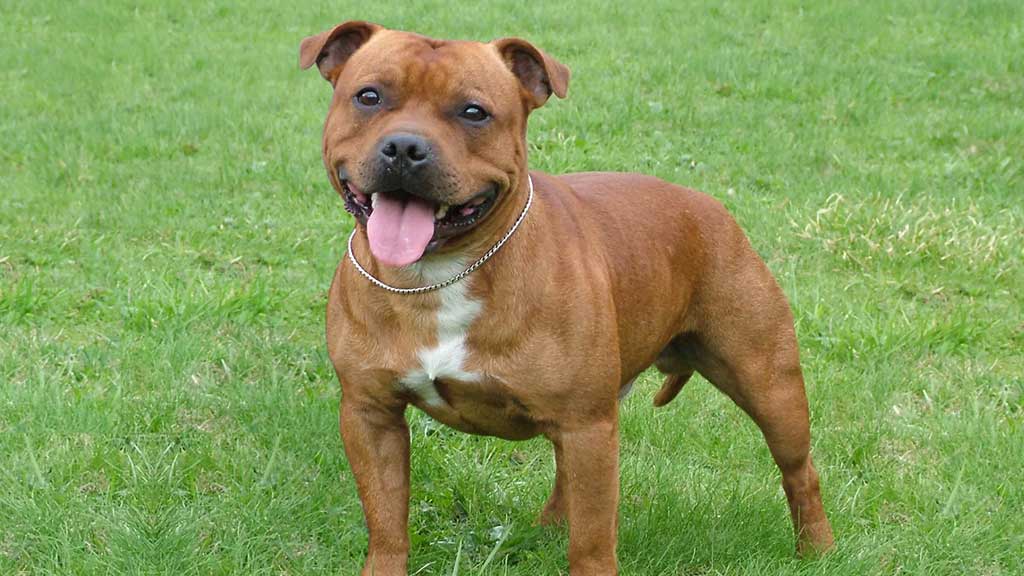
Pit bull breeds like the Staffordshire bull terrier have huge grins that betray their genuine gentle natures. Despite being originally developed for combat, modern wolves are more likely to be devoted partners. Unfortunately, their historical success in the fight arena was due to their extreme loyalty to their human masters. However, despite their intelligence and superb temperament, these dogs may be surprisingly patient. However, they do require regular exercise and attention, and early socialization can help them trust other dogs more as adults.
WELSH SPRINGER SPANIEL
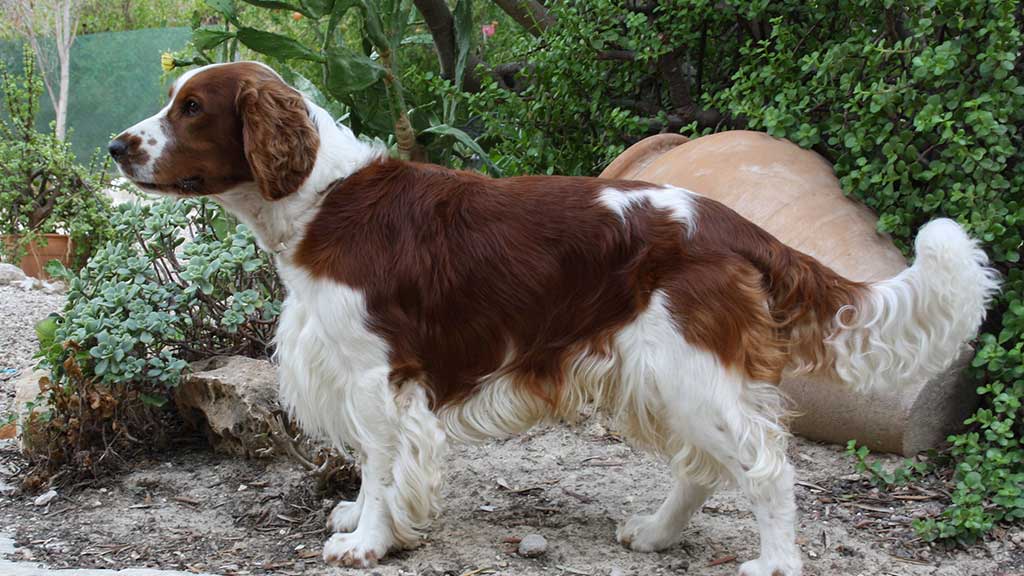
One of the rarest dog breeds is the Welsh springer spaniel. If you can find a breeder, though, you’ll have a great hunting or companion dog on your hands. This breed of dog almost certainly descended from English and Welsh spaniels that had been living on the island for hundreds of years. There was no deliberate breeding that led to the development of this breed. Prior to their recent successes in dog competitions and exhibitions, they were largely unknown to the general public.
Although they are not a recent breed, they were recognized by the American Kennel Club in 1902. Their reputation for loyalty and affection precedes them. They have a propensity to be extremely loyal to their own family. However, they tend to be cold and distant when meeting new people. Therefore, early socializing is crucial for problem-free development. This breed is generally considered to be healthy. Hip dysplasia, which affects several dog breeds, could potentially afflict them as well. But as a working breed, they have a higher standard of health.
AUSTRALIAN CATTLE DOG
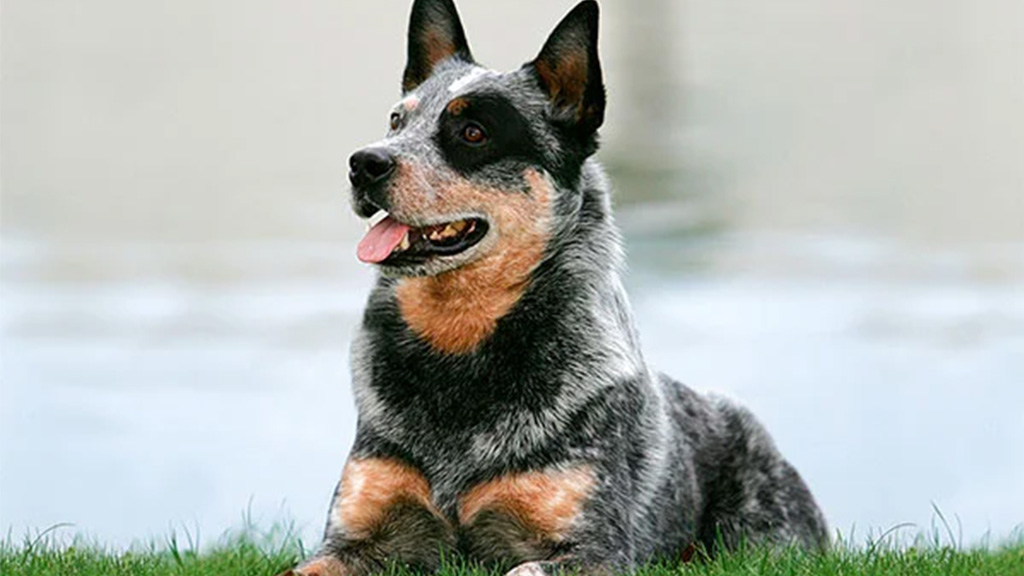
Australian Cattle Dogs are a breed of dog that originated in Australia and were bred specifically to herd cattle across long distances and harsh terrain. Their black or red hair is usually uniformly distributed throughout their white fur. These dogs are full of life and have impressive stamina. Without regular exercise, kids can become destructively bored. In addition to their intelligence, they also tend to be fiercely autonomous. Since this is the case, it is suggested that you enroll them in obedience training as soon as possible. Herding dogs have the potential to herd anything, including small children.
These dogs are trying to “herd,” but their snipping could cause harm. Therefore, these canines aren’t ideal for households with young children. When the dog displays herding behaviors, the children in the area should be taught to freeze, not run away. Overall, health is good in this breed. Their longevity is increased, potentially reaching 16 years. However, a lot of Australian Cattle Dogs are still employed for herding, therefore accidental injuries are common as well.
From Matted to Magnificent: Discover the Best Brush for Your Golden Retriever
SMALL DOG BREED
Yorkshire Terrier

The Yorkshire Terrier is a loving and fierce companion despite its small stature. The “Yorkie” is the most well-liked breed of toy dog in America for a variety of reasons, including its loyalty to its owners, its good looks, and its adaptability to city life. You might be able to locate these purebred canines under the care of animal shelters or rescue organizations. Do not forget to adopt! If you’re looking to adopt a dog, you shouldn’t go shopping.
Yorkies are terrific companion animals, but their barking can be annoying to those living nearby. They’ll require some upkeep as well, particularly with their teeth. While these puppies are energetic, young children should be kept away from them because of their size. But if you can shower it with affection, care, and fun, you’ll be rewarded with a cute, loyal friend.
MALTESE
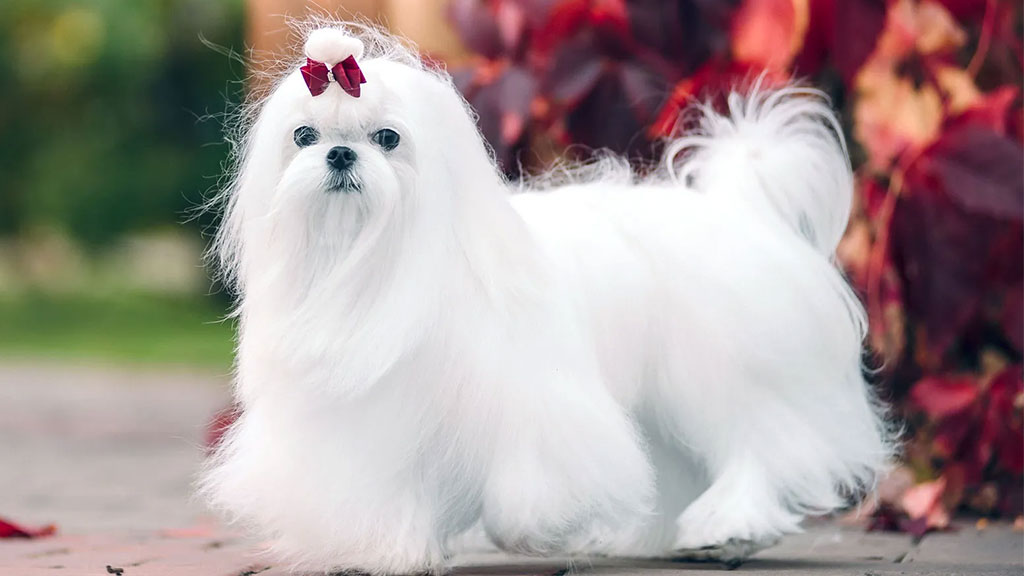
The Maltese has a charming appearance and a warm disposition, making it difficult to say no to one. The coats of these dogs are lovely and smooth, but they can become unmanageable if not regularly clipped. They don’t shed much despite all that fur, but you should still brush them every day. The Maltese is a little, joyful dog that doesn’t need a lot of exercise and is quite pleased to lounge in your lap all day.
Boston Terrier
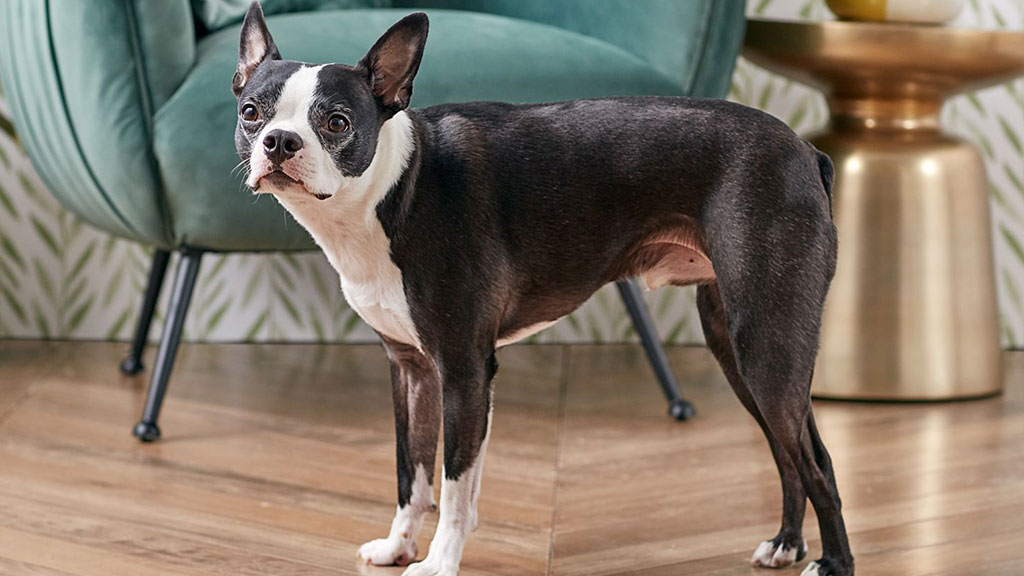
Boston Terriers, sometimes known as “The American Gentleman,” are a docile breed widely recognized for their signature black and white “tuxedo” pattern. The Boston terrier, sometimes known as the “American Gentleman,” is a friendly and occasionally goofy breed of dog. They are always eager to meet new people and join in on the fun. They are also versatile, meaning they can easily adjust to new environments. As if it weren’t enough to win your heart, just look at that silly grin. Despite his huge personality, the Boston terrier is still a small dog, so keep an eye on things if play becomes too raucous. Boston terriers get along fine with children, other dogs, and dog-friendly cats.
BICHON FRISE
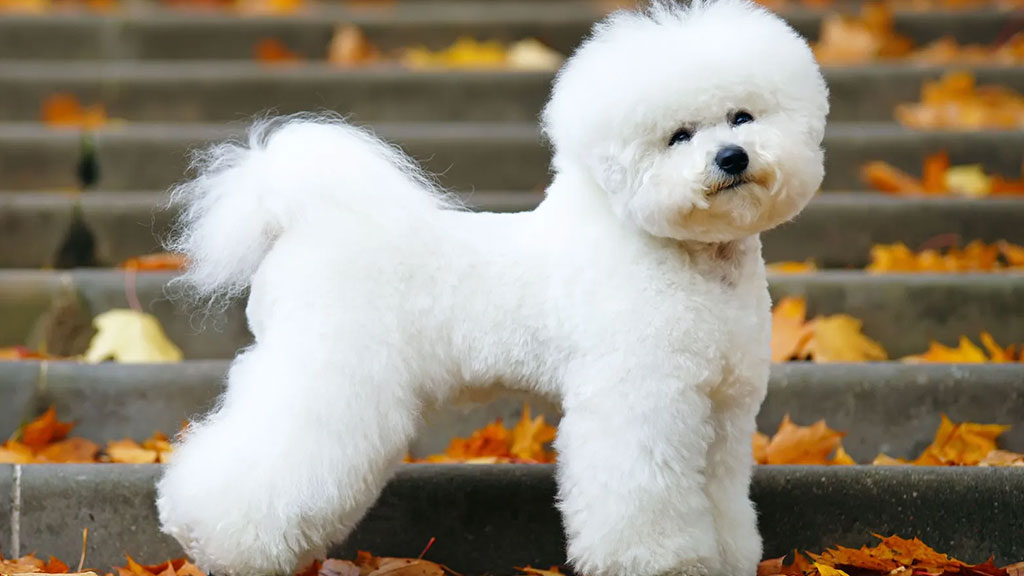
The bichon fries is a friendly, little dog that does well in busy households or small spaces. It resembles a cotton ball with some bounce to it. This dog kind makes for a wonderful companion. Because of their intelligence and adaptability, Bichons can thrive with only a little bit of exercise each day and still be happy and healthy. You should schedule regular trips to the groomer and budget accordingly. This breed requires frequent grooming because to its curly coat. Keep your bichon’s hair short if you want a coat that requires less upkeep.
WEST HIGHLAND WHITE TERRIER
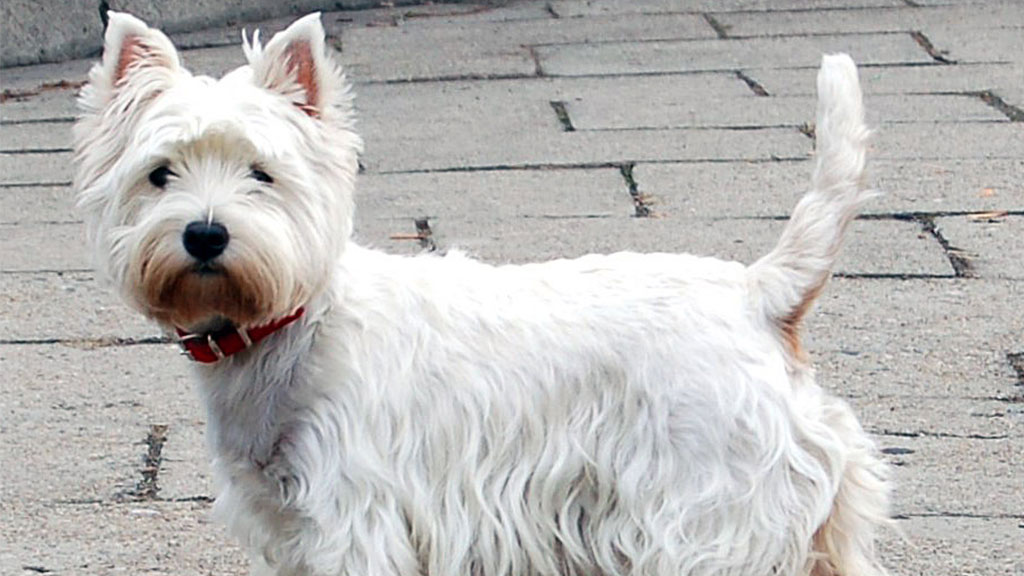
The West Highland white terrier originated in Scotland. They act like typical members of the terrier species. Their primary function was to remove rodents from domestic and agricultural settings. They still have a high amount of energy and like chasing things today. Playfulness makes it easy to meet the requirement for regular exercise. The temperaments of these dogs range a little bit.
Many of them are gentle with kids but won’t stand for rough treatment. Due to their diminutive stature, they are especially vulnerable to harm. Consistent practice and interaction with others are essential. However, when raised appropriately, these dogs make wonderful pets for any home. These terriers are extremely sociable and enjoy spending time with their owners. They have a strong sense of autonomy and resist training.
DACHSHUNDS
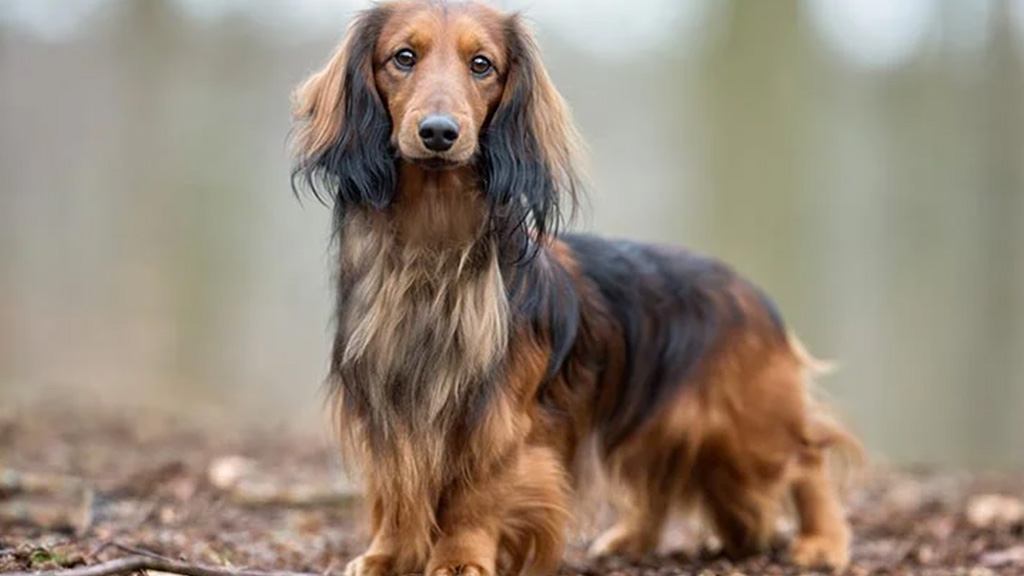
The Dachshund’s distinct appearance makes it instantly recognizable to many pet owners. The small legs of these canines are a result of their selective breeding for the purpose of pursuing badgers into their dens. As the 12th most popular dog in the United States, this breed is by no means uncommon. The Dachshund, at heart a hunting dog, needs a lot of exercise. They have a high IQ, but it doesn’t make them easy to teach. These canines, on the other hand, are notoriously tough to teach. They have strong instincts to hunt and will pursue almost anything that moves. They have a very loud, constant bark. However, they are extremely devoted to their families and are typically praised as dogs with wonderful personalities.
Top 10 Best Dog Food Containers
Most Popular Dogs
Many people believe that dogs (rather than cats, fish, or birds) are the most popular pets in the world. Some are more common dog breeds than others, even within the broad category of dogs. The dogs we’ve had the most meaningful relationships with or the breed we had as children often end up being our favorites. Some have become well-known because of their portrayal in films and TV shows.
LABRADOR RETRIEVER
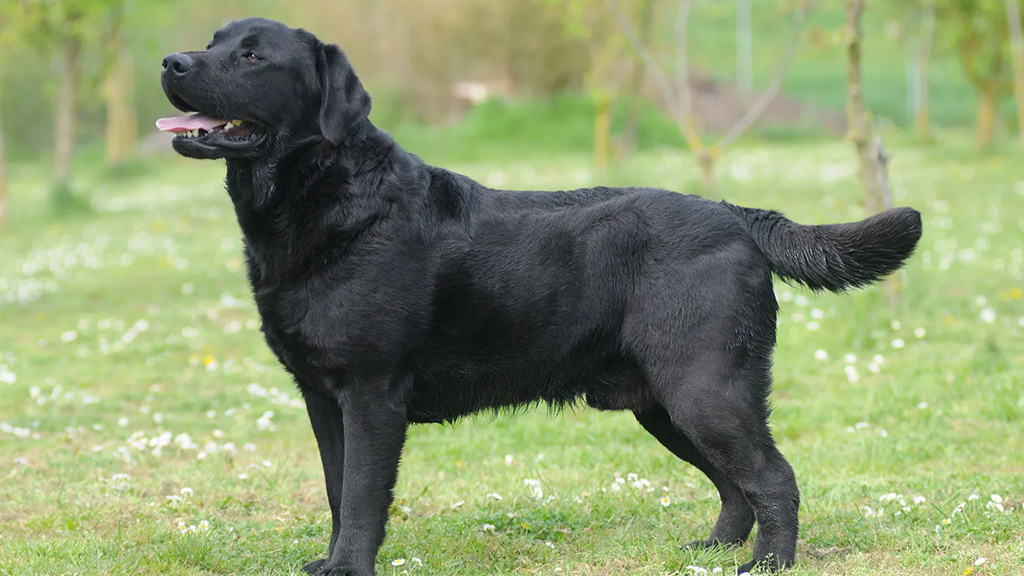
Labrador retrievers epitomize friendliness with their doe-like expressions and broad muzzles. For this reason, the American Kennel Club reports, they have been the most popular dog breed in the United States for over 30 years. Originally developed as companions for fishermen and ladies, Labrador retrievers later became popular with hunters. They have a lovely, carefree disposition and like being in the company of others. However, as high-energy dogs, they require daily, extensive physical activity. If you want to keep your lab happy, take him out for a run every day, play a rigorous game of fetch with him, or toss a Frisbee until he’s had enough.
There’s a good reason why Labs are the most popular breed across the pond and over the pond, they’re great family pets. Because of their even temperaments and loyal natures, they get along well with both kids and animals. Labs are popular choices as guide dogs and service dogs for the blind and autistic because they are intelligent and are bred to be eager to please and lively companions. They can be trained to assist law enforcement and government agencies with screening and detecting tasks, and make compassionate therapy dogs.
Akita
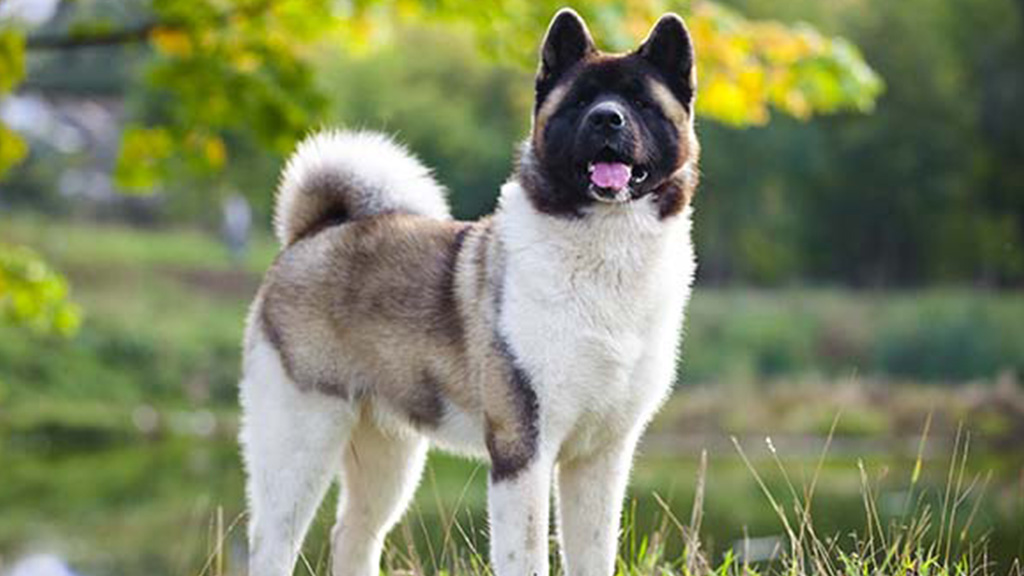
The icy mountains of northern Japan are where the first Anita’s were bred. While the Akita Inu and American Akita are considered distinct breeds in many parts of the world, in the United States they are considered to be subsets of the same breed by the American Kennel Club. The Mastiff is another large dog breed known for its intimidating presence. The biting force of a bullmastiff is 556 pounds per square inch, making it a very hazardous dog. The bite force of these pups is more than three times that of a typical dog. Mastiffs are known for their kind nature and make excellent companion animals. However, once trained, they make excellent guard dogs and pets.
Due to its high level of activity and daily exercise needs, this breed of dog is best suited to a busy family or a home with a sizable yard. The Akita is a brave and devoted Japanese dog breed. They’re built like tanks, and their thick double layer keeps them warm in the winter. The intelligent and free-thinking nature of the Akita breed makes it a special addition to the family, albeit one that can be difficult to please at times. They also have a strong drive to protect their territory, which makes them effective guard dogs. They tend to be shy around new people yet kind and loving toward those they consider family.
Dogo Argentino
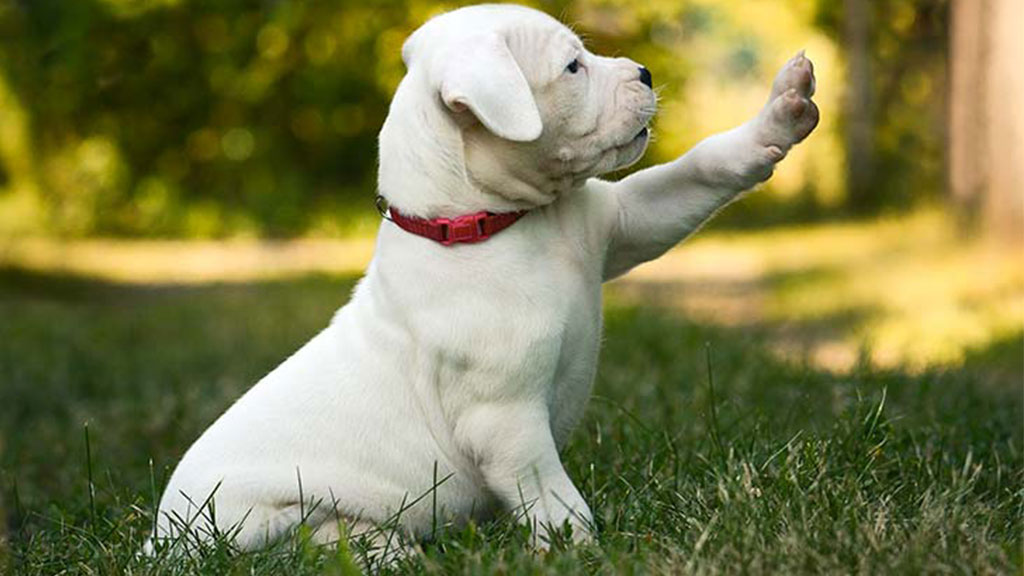
A member of the American Kennel Club’s roster of officially recognized breeds since 2023 is the Dogo Argentino. These canines are expert pack hunters with the right combination of power, speed, and stamina to take down wild boars and pumas. The Dogo Argentino, a white, muscly dog breed with South American origins, is illegal to acquire in many countries due to its reputation for aggression. This dog breed was developed specifically to hunt pumas and wild boar. Despite their beauty, these dogs are often too active for a quiet suburban home.
The Dogo Argentino is a powerful and effective hunting dog, but only in the hands of an experienced trainer. Dogo Argentinos, developed originally for hunting large game, are large, dominant dogs. They need to be professionally socialized, trained, and handled from a young age to prevent them from acquiring aggressive tendencies due to their high prey drive.
Chow Chow
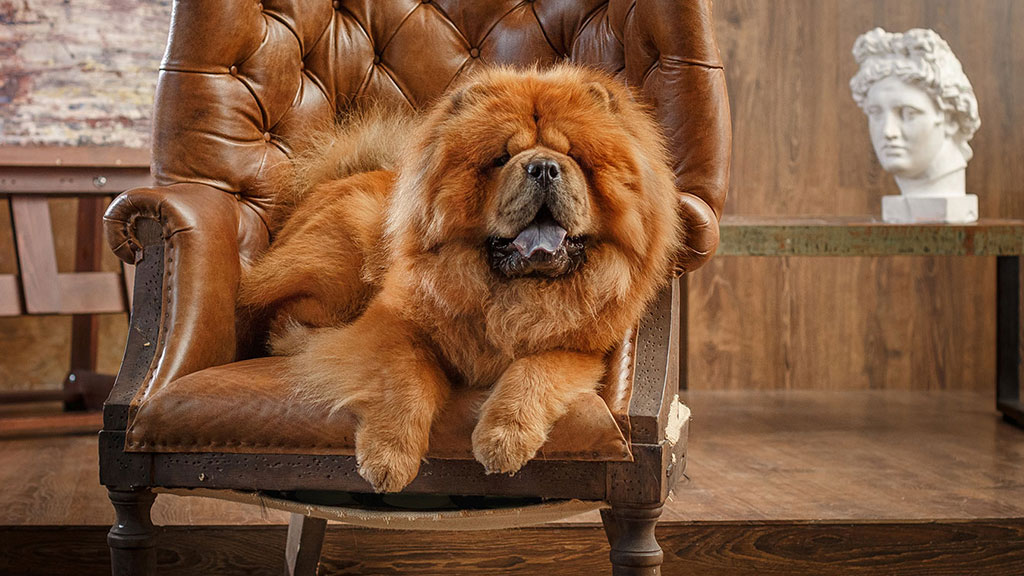
When compared to other dog breeds, Chow Chows stand out due to their unique purple or blue tongue. The Chow Chow is very protective of its family and its belongings, and it is wary of outsiders. The Chow Chow is a demanding breed due to its distance and staunch independence. Chow Chows are protective of their families and can be cautious of strangers if not properly socialized. Because of its well-deserved reputation as one of the most aggressive, this dog breed has a much greater bite rate than many others.
Vigorous exercise is essential for Chow Chows to prevent harmful behavioral concerns. Because of its well-deserved reputation as one of the most aggressive, this dog breed has a much greater bite rate than many others. Vigorous exercise is essential for Chow Chows to prevent harmful behavioral concerns. They have a higher bite rate than usual because they are one of the more aggressive dog breeds. Vigorous exercise is essential for Chow Chows to prevent harmful behavioral concerns.
Rottweiler
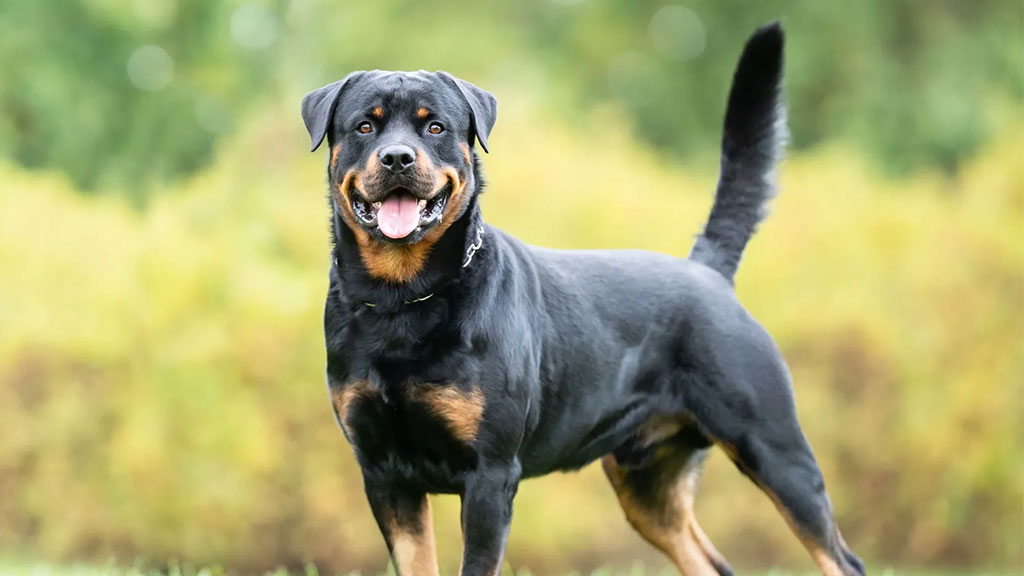
Rottweilers are versatile canines that, depending on their upbringing, can be loving pets or protective guard dogs. Their size and protective nature make them a useful resource, and they can grow to be as heavy as 150 pounds. In the hands of a dedicated owner, however, Rottweilers can be socialized and trained to become docile family pets. Rottweilers have been bred for centuries in part because of their superior guarding abilities.
The large frequency of attacks blamed on Rottweilers has earned them a bad reputation, especially among farmers who raise sheep as a source of meat. Lack of knowledge and social isolation are often cited as causes of such events. However, as evidenced by the numerous attacks on children by Rottweiler’s in recent years, it is commonly understood that this breed, if poorly handled, may acquire a nasty streak, become overprotective of its family and house, and display a high prey drive.
Pug
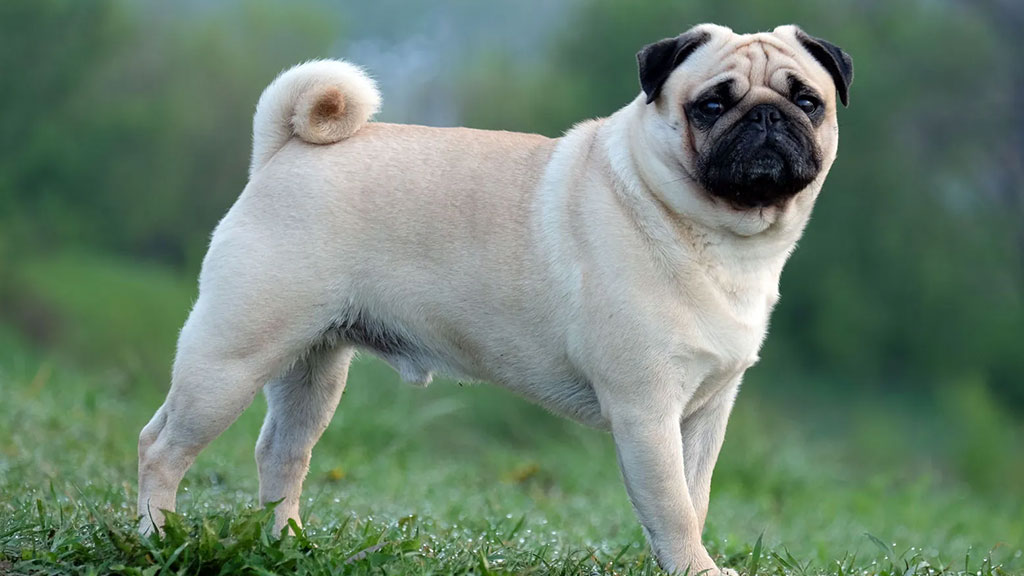
Pug is the largest of the toy breeds, is instantly recognizable anywhere in the globe thanks to its distinctive squinting eyes and wrinkly tail. The wrinkles on their skin give them a unique appearance. The Pug’s early years were spent in the lap of luxury, as it was originally bred to be a companion dog for Chinese aristocracy. In the 1500s, they were brought to Europe, where they quickly became a favorite among the nobility.
During the reign of Queen Victoria (1837–1901), apricot and fawn tones became popular for Pugs. The American Kennel Club officially acknowledged pugs in 1885. They are fantastic with kids and other pets because of their friendly nature. Several health issues are common in Pugs because of their unique anatomy, including their narrow airways and small muzzles. Pugs also have a hard time staying cool when the weather is warm. To prevent obesity, the breed needs regular exercise and a balanced diet.
BORDER TERRIER

Border Terriers are not always well-known in the United States. Given their low national ranking (#80), it’s no surprise that these dogs are more difficult to find than others. The fact remains, nevertheless, that many households would benefit greatly from having one as a pet. Males tend to be significantly larger than females, and the maximum weight for this small dog is around 15 pounds. Like the Border collie, they are native to the area straddling England and Scotland. However, they are vastly distinct from one another due to their historical function in fox hunting.
Their long legs allow them to run with the horses and other dogs, while their small stature means they are at home in fox dens. They have a few health issues, but are generally a healthy breed. These canines aren’t the brightest, so training them can be challenging. They were bred to hunt on their own without being directed. They tend to behave themselves, though. Due to their scarcity, puppies are more expensive than usual, but only by a little margin.
Understanding Organic Dog Food: What It Is and What It Isn’t
DOES BREED MATTER WHEN PICKING A DOG?
In 2023, researchers looked at how different types of dogs affected people’s and canines’ stress levels. Three different dog breeds were the focus of the research. Single canines used for hunting or labor. Specifically, domesticated dogs. Dogs of antiquity were more closely linked to wolves. According to the findings, certain breeds of dog may be a better fit for the personality of some dog owners.
Higher “openness” scores among dog owners were associated with increased stress in hunting dogs, suggesting that these people are a good fit for, and will be drawn to, primitive dog breeds. A similar association between dog breed and personality was discovered in a study conducted in 2015. There were three main takeaways from the study that imply “working” dogs. Pankratz explains “The function of the breed i.e., working, herding, etc. may be a valuable consideration when anticipating potential behaviors,” However, the topic of dog breed can be fraught. According to Pankratz, “breed associations are mostly based on purebred dogs.” Pankratz adds that people including knowledgeable workers at dog shelters, frequently misidentify the breed of dogs with “unknown pedigrees” compared to the dog’s real genetics. Explains Pankratz “This is a major problem when wrong breed names are attributed to some dogs and is not necessarily predictive of their potential behaviors,” It is not always possible to tell a dog’s personality from its outward appearance.
Upgrade Your Dog’s Lifestyle with 2023’s Best Products for Dogs
Final Thought
The finest dog breed for you is the one that fits in with your personality and needs. Some breeds, however, enjoy universal acclaim for their superior characteristics. Because of their sociability, intelligence, and adaptability, Labrador Retrievers are always in high demand. German Shepherds are highly sought after by the police, the military, and private citizens alike for their dedication, trainability, and natural guardian instincts. As therapy and support dogs, Golden Retrievers are highly regarded for their calm demeanor, incredible patience, and natural talent. Because of their friendly demeanor and ability to adapt to confined surroundings, French Bulldogs are popular pets. Border Collies are incredibly bright and active dogs, making them ideal for herding and other dog sports. These are just a few types of dogs to consider, but the right dog for you will ultimately depend on your own needs and tastes. All puppies are adorable, but not all dog breeds are suitable for every family because of differences in personality, activity level, adult size, and even grooming needs.
ARE SOME DOG BREEDS LESS DESTRUCTIVE?
Destructive conduct is a “learned behavior” that can be an indicator of nervousness, excessive boredom, or a lack of training, and while some hunting breeds may have a higher prevalence of destructive behavior at home, it occurs in all dogs. No matter how independent your dog naturally is, you still need to train them all to be self-sufficient while you’re gone. Says Brad Phifer, “These breeds might handle being alone more easily, but all dogs have to learn to be comfortable being alone and trained not to chew on household items” executive director of the Certification Council for Professional Dog Trainers, to Inverse. In addition to parental genetics, early socialization, learned behaviors, age, and sex can all have significant effects on a dog’s personality. In the end, Shepard says, “there is no easy way to avoid a misbehaved dog regardless of the breed.”

